Latest NRAO News
News is managed by NRAO News & Public Information. Questions about News? Have a story to share? Want to interview a scientist or create new media about our telescopes?
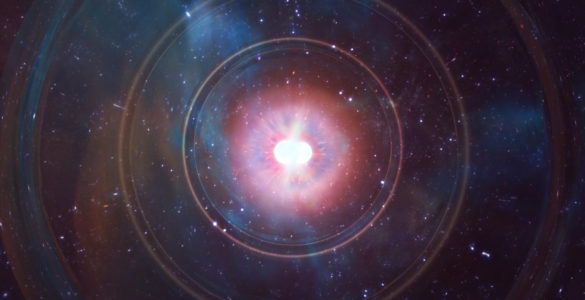
Radio telescope observations have made it possible for astronomers to use mergers of neutron-star pairs as a valuable new tool for measuring the Universe’s expansion.
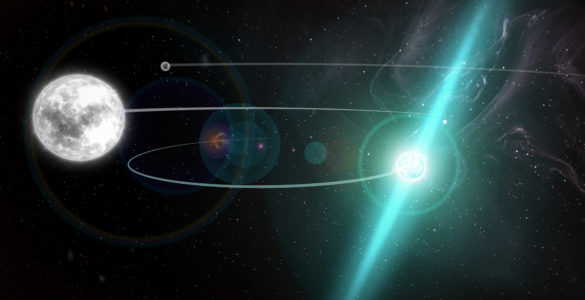
Harnessing the exquisite sensitivity of the GBT, astronomers have given one of Einstein’s predictions on gravity its most stringent test yet. By precisely tracking the meanderings of three stars in a single system – two white dwarf stars and one ultra-dense neutron star – the researchers determined that even the most massive of objects “fall” in the same manner as their less-dense counterparts.
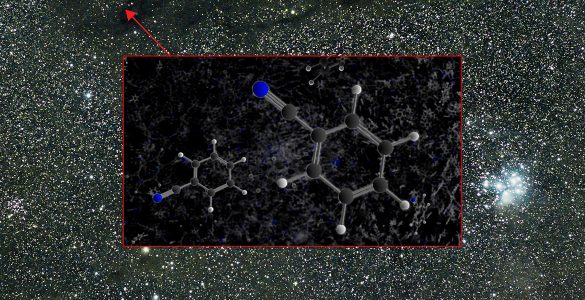
Astronomers using the GBT have made the first definitive interstellar detection of benzonitrile, an intriguing organic molecule.
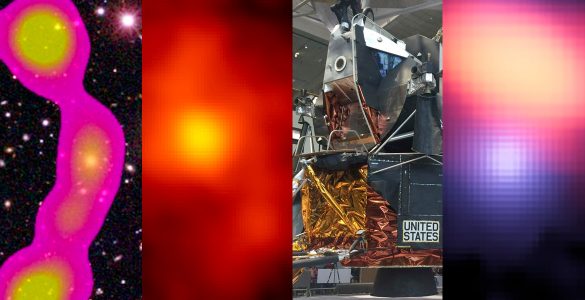
VLA points to previously unknown galaxy cluster, GBT gets new vision, and ALMA uses double vision.
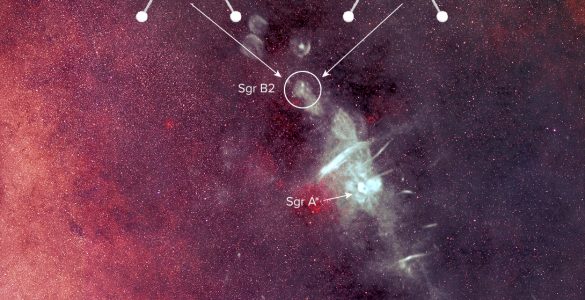
Scientists applaud discovery of “handed” molecules in interstellar space.
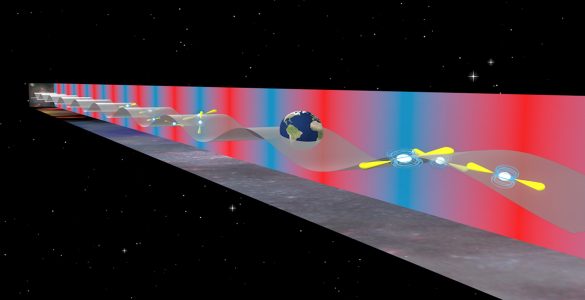
NANOGrav provides insights into galaxy mergers.
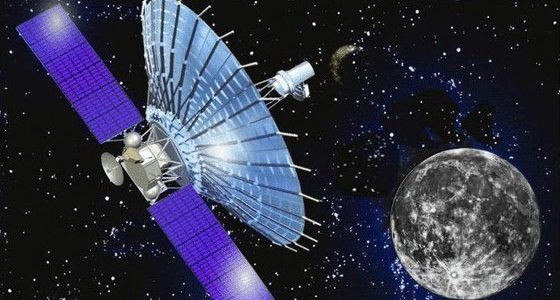
Astronomers using an orbiting radio telescope in conjunction with four ground-based radio telescopes have achieved the highest resolution, or ability to discern fine detail, of any astronomical observation ever made.

Details of Jet from Black Hole, Maser Distance Measure, and New APS Fellow.

High velocity ‘Smith Cloud’ contains chemical fingerprint of the Milky Way.
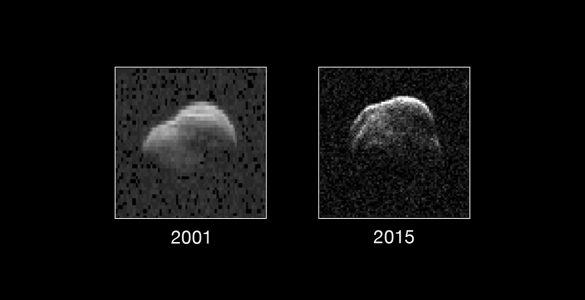
Radar imagery of asteroid 1998 WT24 obtained by NASA’s Goldstone Solar System Radar and the GBT.





